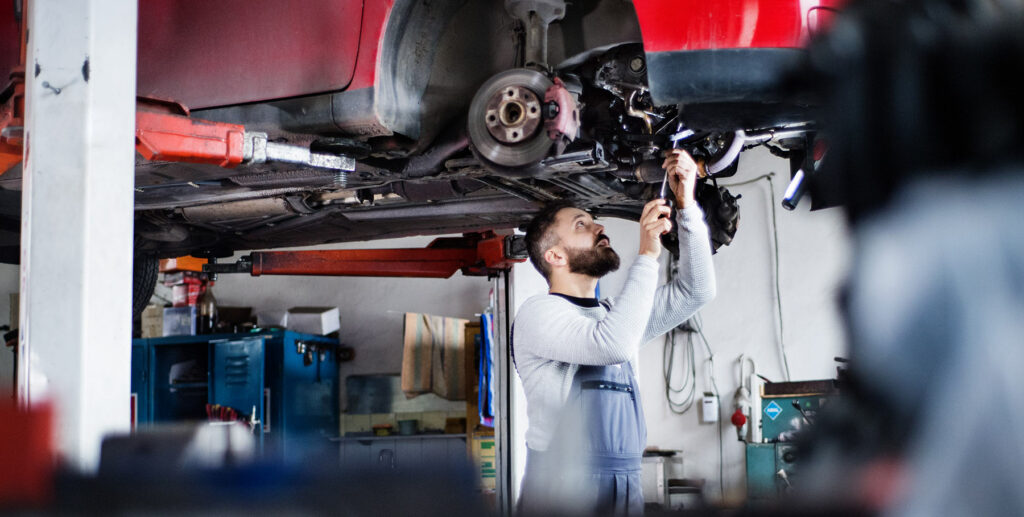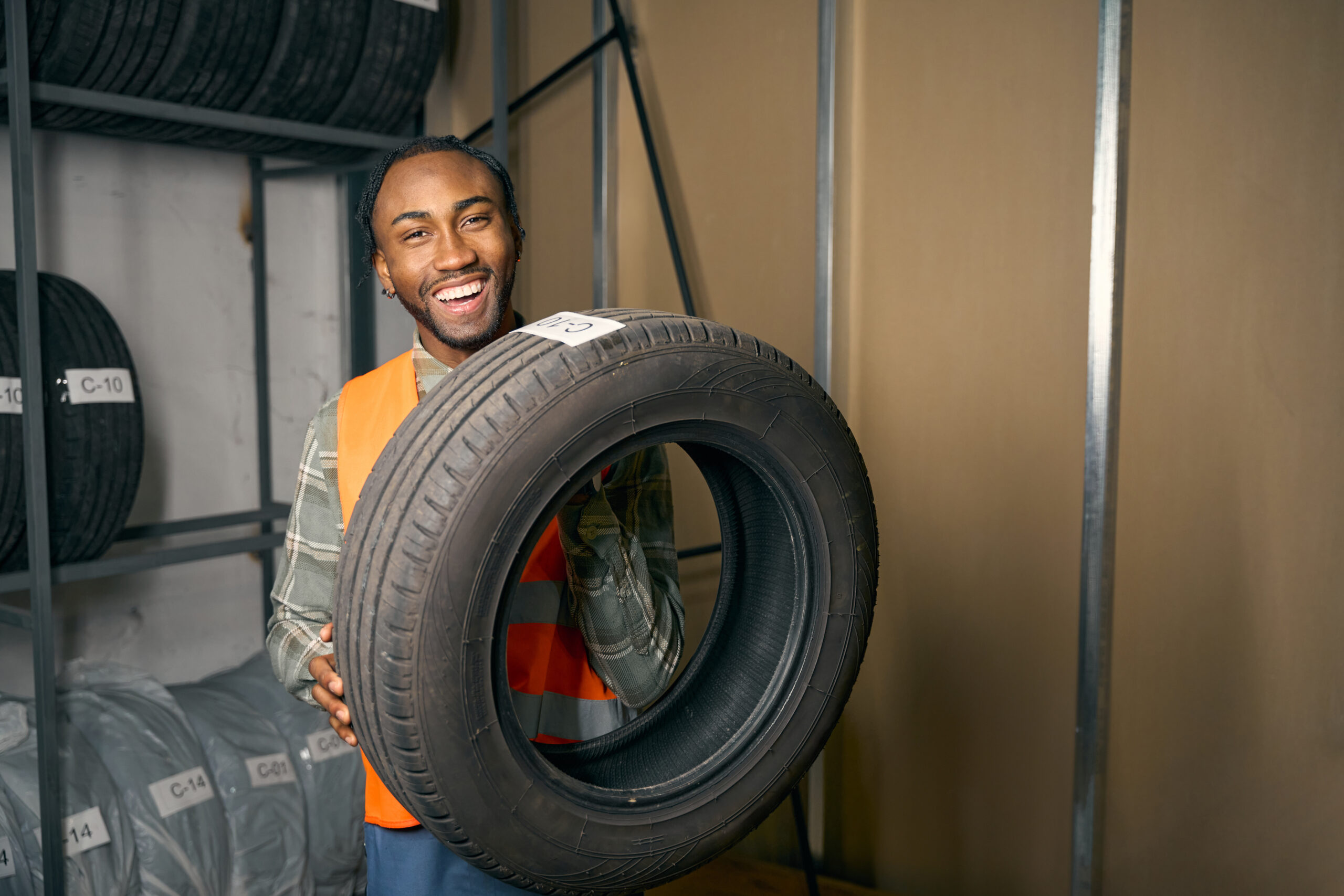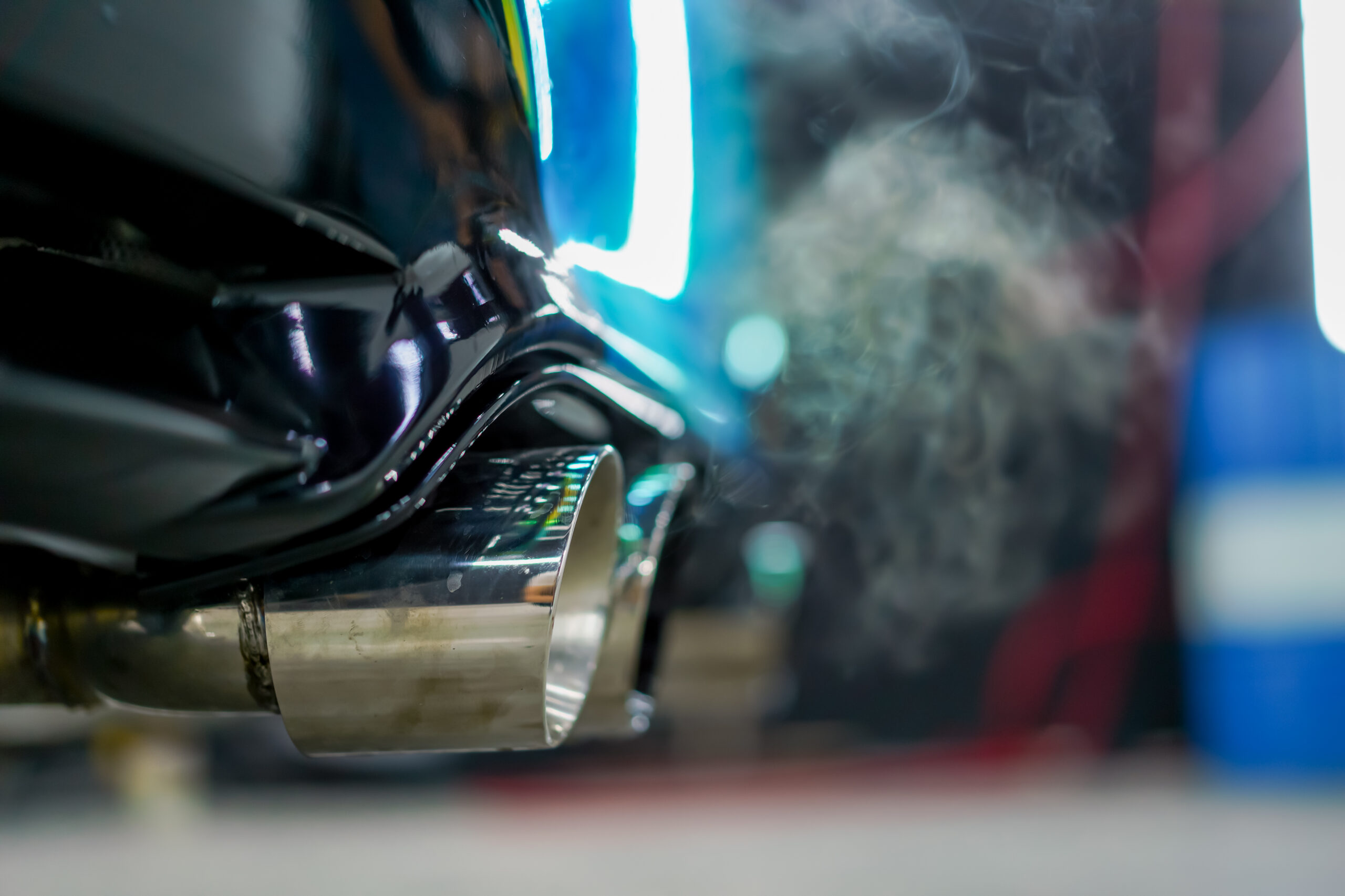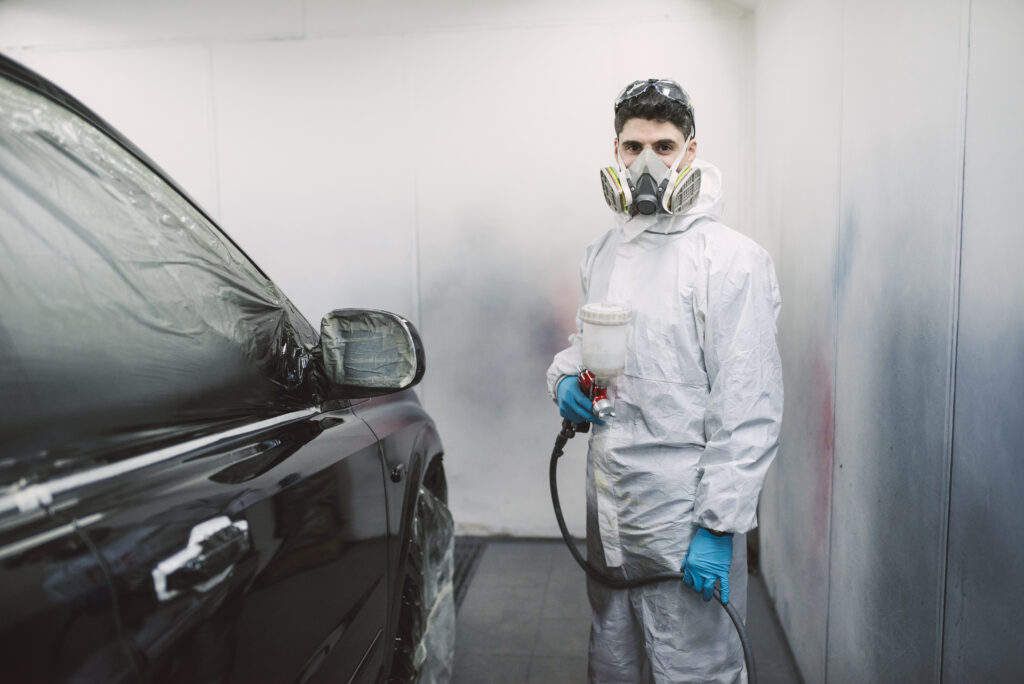Rust is the nemesis of every vehicle owner, silently corroding away at the metal and compromising the structural integrity and aesthetic appeal of your prized possession. Whether it’s a tiny spot of surface rust or extensive corrosion eating away at the body panels, addressing rust promptly is crucial to preserving your vehicle’s longevity and resale value. In this comprehensive guide on how to repair auto body rust, we’ll delve into the causes of auto body rust, explore various repair methods, and provide step-by-step instructions to help you tackle rust restoration like a pro.
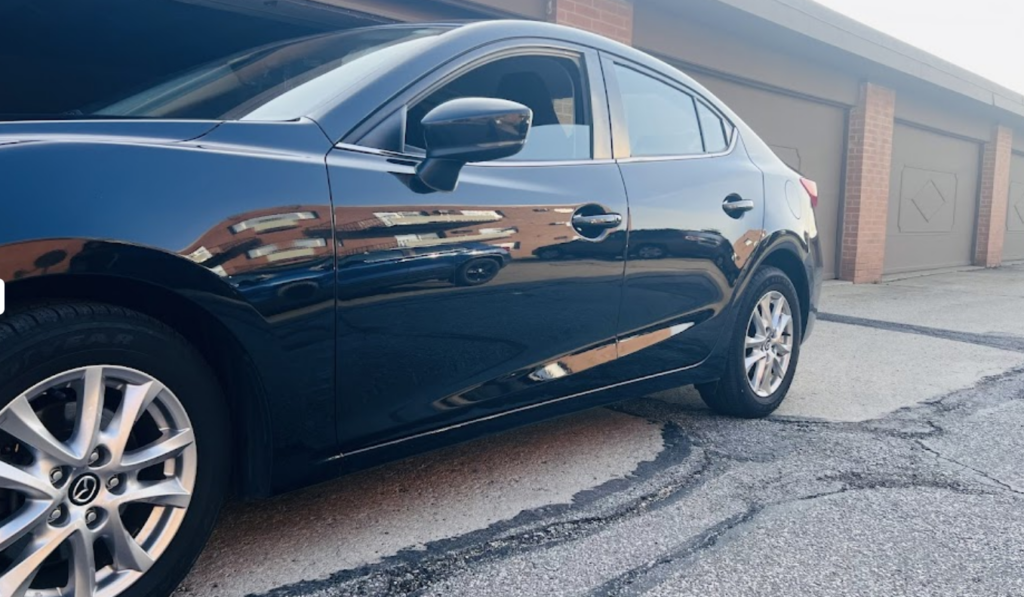
Understanding the Causes of Auto Body Rust
Rust, scientifically known as iron oxide, occurs when iron or steel is exposed to moisture and oxygen over time, leading to oxidation and corrosion. Several factors contribute to the formation of rust on vehicles, including:
- Moisture: Water is the primary catalyst for rust formation, as it facilitates the oxidation process by providing the necessary oxygen molecules to react with the metal surface.
- Salt and Road Debris: Road salt, gravel, and other debris kicked up from the road can accelerate rust formation, particularly in areas prone to winter weather and salted roads.
- Scratches and Chips: Paint scratches, stone chips, and other surface damage compromise the protective paint barrier, allowing moisture and oxygen to come into direct contact with the metal surface and initiate corrosion.
- Environmental Factors: Exposure to harsh environmental conditions such as humidity, rain, snow, and extreme temperatures can expedite rust formation, especially in areas with high levels of atmospheric moisture.
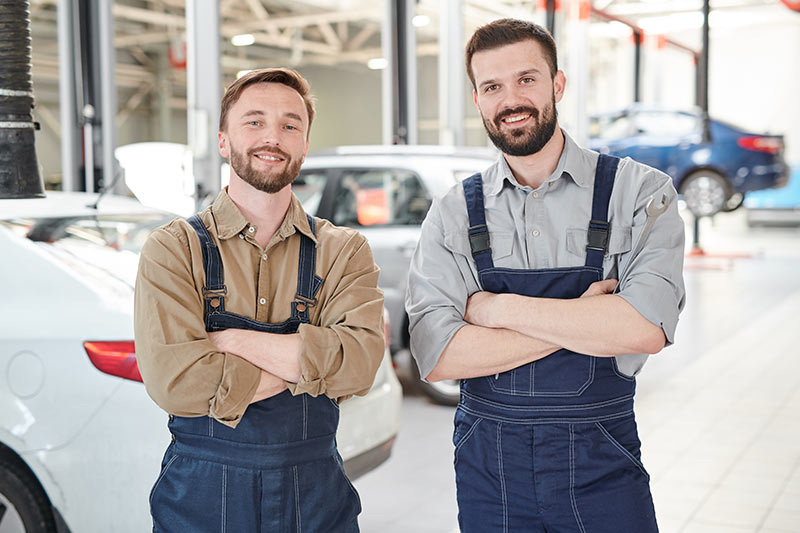
Assessing the Severity of Rust Damage
Before embarking on the rust repair process, it’s essential to assess the severity of the damage and determine the best course of action. Rust damage typically falls into one of the following categories:
- Surface Rust: Surface rust appears as superficial discoloration or small patches of rust on the surface of the metal. It often occurs in areas with chipped paint or minor scratches and can usually be addressed with simple surface treatments.
- Scale Rust: Scale rust occurs when rust penetrates the surface of the metal, forming rough, scaly patches of corrosion. If left unchecked, scale rust can spread rapidly and compromise the structural integrity of the affected area.
- Penetrating Rust: Penetrating rust occurs when rust penetrates deep into the metal substrate, causing extensive corrosion and weakening the metal. This type of rust damage often requires more extensive repair methods, including replacement of affected panels or structural components.
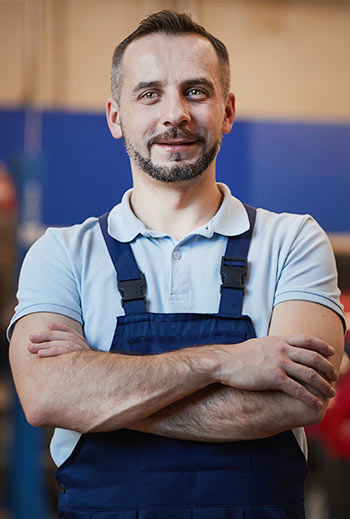
DIY Rust Repair Techniques
For minor surface rust or isolated areas of corrosion, DIY rust repair techniques can be effective in restoring the affected areas and preventing further damage. Here are some common methods used for DIY rust repair:
- Surface Sanding: Begin by sanding the affected area with fine-grit sandpaper or a sanding block to remove surface rust and corrosion. Be sure to sand beyond the rusted area to ensure that all corrosion is removed.
- Chemical Rust Converters: Chemical rust converters are products that chemically react with rust to convert it into a stable compound that can be painted over. Apply the rust converter according to the manufacturer’s instructions and allow it to dry completely before proceeding with painting or sealing.
- Primer and Paint: Once the rusted area has been treated and cleaned, apply a rust-inhibiting primer followed by automotive paint to protect the metal surface from further corrosion. Be sure to match the paint color to the rest of the vehicle for a seamless finish.
- Rust Repair Panels: For more extensive rust damage, rust repair panels can be welded or bonded to the affected area to replace corroded metal and restore structural integrity. Rust repair panels are available for a wide range of vehicle makes and models and can be custom-fitted to match the contours of the vehicle.
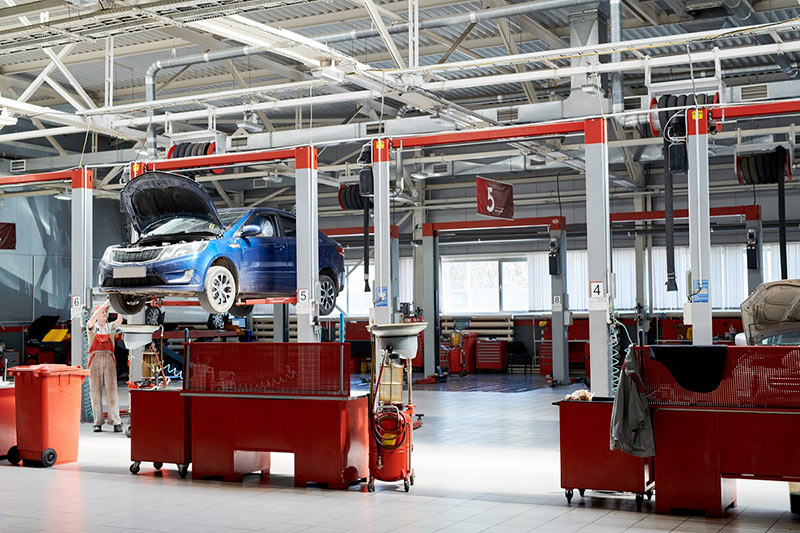
Professional Rust Repair Services
In cases of severe rust damage or extensive corrosion, it’s advisable to seek professional rust repair services from an experienced auto body shop. Professional technicians have the expertise, tools, and equipment necessary to assess the extent of rust damage accurately and perform the necessary repairs effectively. Professional rust repair services may include:
- Sandblasting or Media Blasting: Sandblasting or media blasting is a process used to remove rust and corrosion from metal surfaces using abrasive media such as sand, glass beads, or walnut shells. This method effectively strips away rust and prepares the metal surface for further treatment.
- Welding and Fabrication: In cases where rust has compromised the structural integrity of the vehicle, welding and fabrication may be required to repair or replace affected panels or components. Professional technicians can weld new metal patches or fabricate custom repair panels to restore the vehicle to its original condition.
- Rustproofing and Undercoating: After repairs are completed, applying rustproofing coatings and undercoatings can help protect the vehicle from future rust formation. These coatings create a protective barrier against moisture, salt, and environmental contaminants, prolonging the life of the vehicle’s metal surfaces.
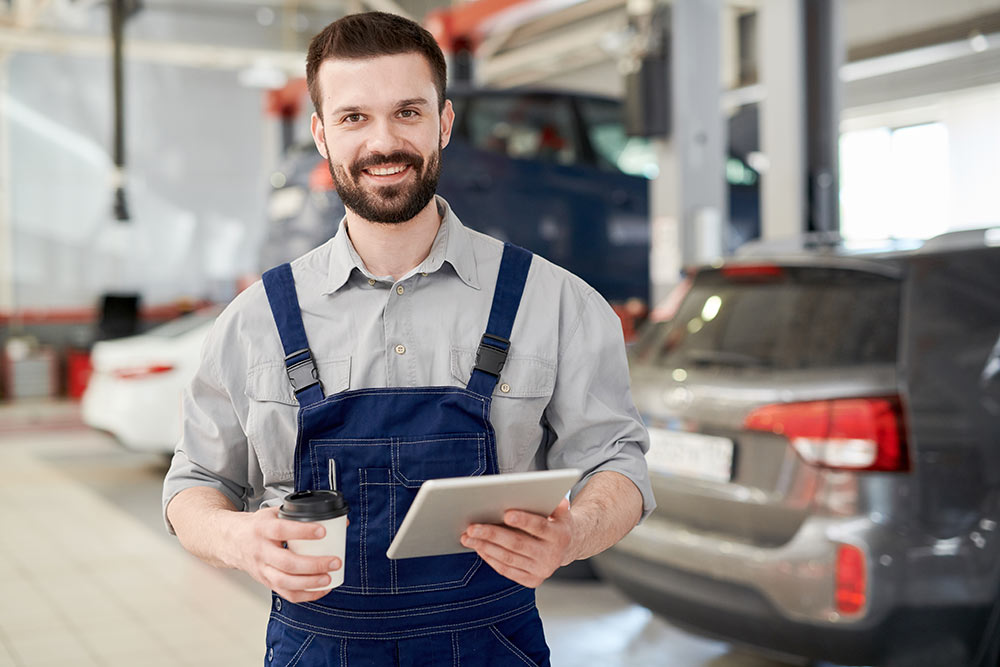
Preventing Future Rust Formation
Once rust repair has been completed, it’s essential to take proactive measures to prevent future rust formation and protect your vehicle’s metal surfaces. Here are some tips to help prevent rust formation:
- Regular Maintenance: Perform regular inspections of your vehicle’s exterior for signs of paint damage, scratches, or surface corrosion. Address any damage promptly to prevent rust from forming.
- Wash and Wax: Wash your vehicle regularly to remove dirt, debris, and road salt that can contribute to rust formation. Apply a coat of automotive wax to protect the paint and create a barrier against moisture and contaminants.
- Keep It Dry: Whenever possible, park your vehicle in a covered garage or carport to protect it from exposure to rain, snow, and humidity. If parking outdoors is unavoidable, consider using a car cover to shield the vehicle from the elements.
- Rust Inhibitors: Consider applying rust inhibitors or corrosion-resistant coatings to vulnerable areas of your vehicle, such as the undercarriage, wheel wells, and door sills. These products help prevent rust formation and prolong the life of your vehicle’s metal surfaces.
Conclusion
In conclusion, rust repair is a critical aspect of vehicle maintenance and restoration, requiring careful assessment, treatment, and prevention to ensure long-lasting results. Whether tackling minor surface rust with DIY techniques or seeking professional rust repair services for extensive corrosion, addressing rust promptly is essential to preserving your vehicle’s appearance, structural integrity, and resale value. By understanding the causes of auto body rust, familiarizing yourself with repair techniques, and taking proactive measures to prevent future corrosion, you can effectively combat rust and keep your vehicle looking its best for years to come.
